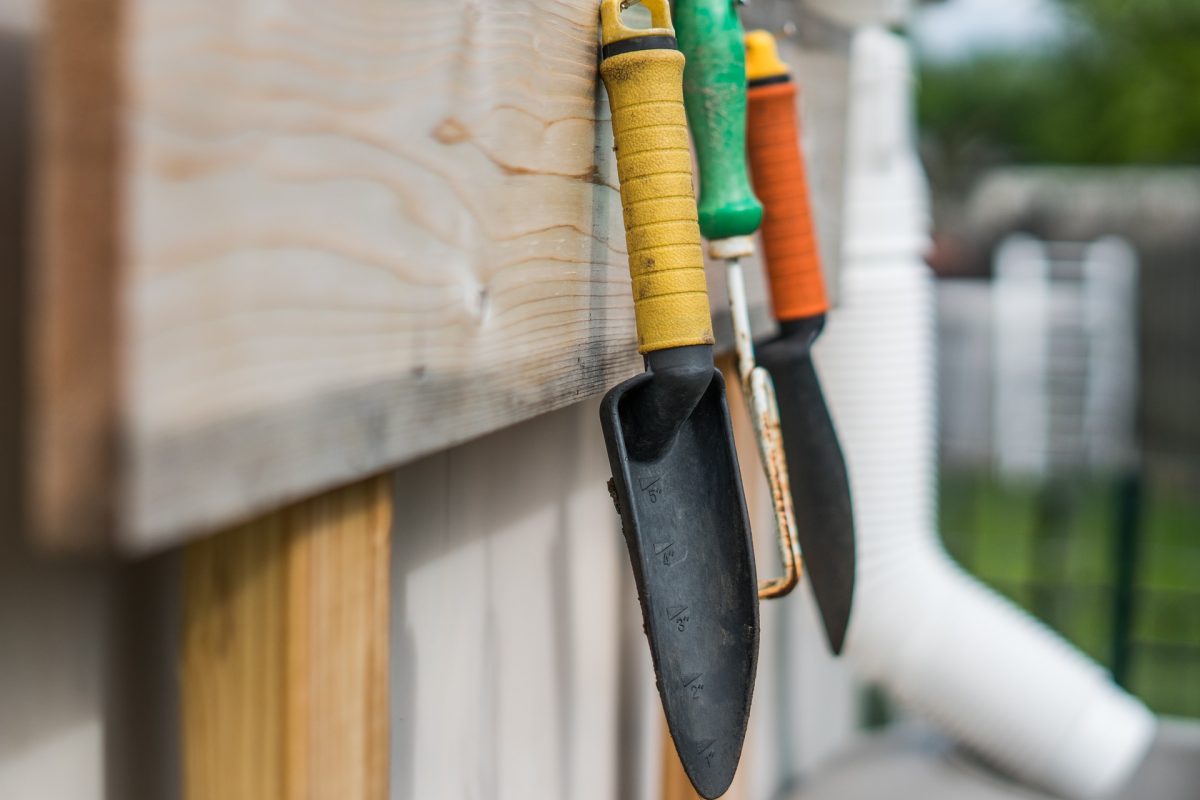Safety Gloves: Your Guide to Hand Protection

Our hands are one of the most valuable tools we have, and keeping them protected should be a top priority. Whether you work in a hazardous environment, engage in risky hobbies, or simply want to prevent everyday accidents, safety gloves are an essential piece of protective equipment. In this guide, we will explore the importance of hand protection and provide you with all the information you need to choose the right safety gloves for your needs.
Understanding the Risks
Before we dive into the world of safety gloves, it’s important to understand the risks that our hands face on a daily basis. From sharp objects and chemicals to extreme temperatures and vibrations, our hands are vulnerable to a wide range of hazards. By wearing the appropriate safety gloves, we can significantly reduce the risk of injuries and ensure our hands stay safe and functional.
Types of Safety Gloves
Safety gloves come in a variety of materials and designs, each offering specific protection for different types of hazards. Let’s take a closer look at some of the most common types:
1. Cut-Resistant Gloves: These gloves are designed to protect against sharp objects and blades. They are commonly used in industries such as construction, manufacturing, and food processing.
2. Chemical-Resistant Gloves: As the name suggests, these gloves provide protection against chemicals and hazardous substances. They are made from materials such as neoprene, nitrile, or PVC and are essential for anyone working with chemicals.
3. Heat-Resistant Gloves: When working with high temperatures, heat-resistant gloves are a must. These gloves are made from materials such as leather, Kevlar, or aluminized fabric and can protect against burns and thermal injuries.
4. Electrically Insulated Gloves: If you work with electricity, electrically insulated gloves are crucial for your safety. These gloves are designed to protect against electric shock and are tested to ensure they meet specific electrical protection standards.
Choosing the Right Gloves
Now that you are familiar with the different types of safety gloves, it’s time to choose the right ones for your specific needs. Here are a few factors to consider:
1. Hazard Assessment: Identify the hazards you are exposed to in your work or activities. This will help you determine the level of protection required and select the appropriate gloves.
2. Material: Consider the materials used in the gloves and their suitability for the hazards you face. For example, if you work with chemicals, you will need chemical-resistant gloves made from materials like neoprene or nitrile.
3. Size and Fit: Safety gloves should fit snugly without being too tight or restrictive. Take accurate measurements of your hand size and refer to the manufacturer’s sizing chart to ensure a proper fit.
4. Comfort and Dexterity: Look for gloves that offer a balance between protection and comfort. Gloves that are too bulky may hinder your ability to perform tasks effectively, so choose gloves that allow for good dexterity.
Taking Care of Your Gloves
Safety gloves are only effective if they are properly maintained. Here are some tips for caring for your gloves:
1. Cleanliness: Regularly clean your gloves according to the manufacturer’s instructions. This will help maintain their protective properties and extend their lifespan.
2. Inspection: Inspect your gloves before each use for any signs of damage or wear. Replace any gloves that are torn or no longer provide adequate protection.
3. Storage: Store your gloves in a clean and dry environment, away from direct sunlight and extreme temperatures. This will help prevent degradation of the materials.
Conclusion: Protect Your Hands, Protect Your Future
Safety gloves are an essential tool for hand protection in various industries and activities. By understanding the risks, choosing the right gloves, and properly maintaining them, you can ensure that your hands are protected from harm. Remember, investing in the right safety gloves today will not only prevent injuries but also safeguard your future by preserving the function and well-being of your hands. Stay safe and keep your hands protected!




